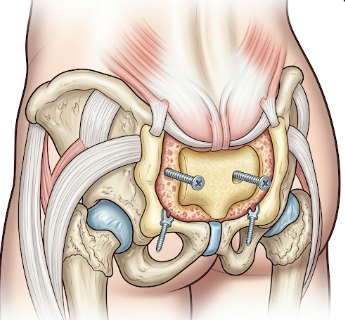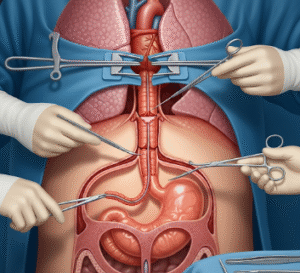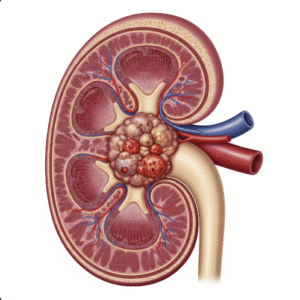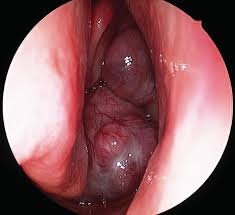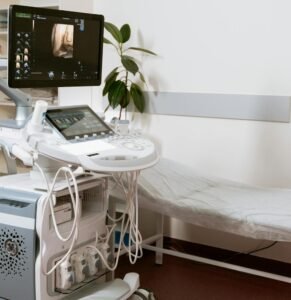Overview
Sacroiliac (SI) Joint Fusion is a surgical procedure performed to stabilize and reduce pain in the sacroiliac joint, which connects the base of the spine (sacrum) to the pelvis (ilium). When this joint becomes damaged, inflamed, or unstable, it can cause significant lower back, buttock, and leg pain.
This procedure involves using implants, screws, or bone grafts to fuse the SI joint, preventing abnormal movement and providing long-term pain relief. It is typically considered when non-surgical treatments such as medications, injections, or physical therapy fail to relieve pain.
In Korea, SI Joint Fusion is performed using advanced minimally invasive techniques, which reduce recovery time and offer excellent outcomes. Patients worldwide choose Korea for this procedure due to the combination of modern surgical technology, experienced spine surgeons, and affordable healthcare packages.
What is SI Joint Fusion?
SI Joint Fusion is a surgical treatment for chronic sacroiliac joint dysfunction or arthritis. By permanently joining the sacrum and ilium, the joint becomes immobile, thus reducing painful motion.
The surgery can be performed through:
- ➤ Minimally invasive fusion – using small incisions, specialized implants, and shorter hospital stays.
- ➤ Traditional open fusion – a larger surgical approach, now less common, but sometimes necessary.
This procedure is especially recommended for patients with chronic SI joint pain lasting more than six months, unresponsive to conservative treatments.
What are the Benefits?
The benefits of SI Joint Fusion include:
✅ Long-term pain relief for chronic SI joint dysfunction.
✦ Improved mobility and stability in the pelvic and lower back region.
➤ Faster recovery with minimally invasive techniques.
✅ Better quality of life – patients can walk, sit, and perform daily activities with less discomfort.
✦ Reduced need for pain medications, including opioids.
➤ Protection against further joint degeneration.
Procedure Details
1) How should I prepare for SI Joint Fusion?
Preparation steps usually include:
✦ Medical evaluation – X-rays, CT scans, or MRI to confirm the SI joint as the pain source.
✦ Diagnostic injections – doctors may use anesthetic injections to verify that pain originates in the SI joint.
✦ Medication adjustments – stopping blood thinners or anti-inflammatory drugs before surgery.
✦ Fasting – patients may need to avoid food or drink for several hours before surgery.
✦ Pre-surgical counseling – discussing risks, expectations, and recovery plan with the surgeon.
2) What happens during the procedure SI Joint Fusion?
The surgery generally takes 1–2 hours and follows these steps:
➤ Step 1: The patient is placed under general anesthesia.
➤ Step 2: A small incision (in minimally invasive procedures) is made over the SI joint.
➤ Step 3: Specialized instruments are used to prepare the joint for fusion.
➤ Step 4: Implants, screws, or bone grafts are inserted to stabilize the joint.
➤ Step 5: The incision is closed, and sterile dressing is applied.
⚠ In traditional open fusion, the incision is larger, and recovery is longer, but it may be required in severe or complex cases.
3) What happens after a SI Joint Fusion?
After surgery, patients can expect:
• Hospital stay – usually 1–3 days for minimally invasive procedures.
• Pain management – medications help control post-surgical discomfort.
• Mobility support – walking aids may be required for a few weeks.
• Physical therapy – to regain strength, posture, and walking ability.
• Follow-up imaging – X-rays or CT scans ensure the joint is fusing correctly.
Most patients gradually return to light activities within 4–6 weeks and resume normal life in about 3–6 months.
Risks / Benefits
Like any surgery, SI Joint Fusion has both risks and benefits.
Potential risks:
- ✦ Infection at the surgical site.
- ✦ Nerve irritation or injury.
- ✦ Blood clots (rare but possible).
- ✦ Implant movement or failure.
- ✦ Persistent or recurrent pain.
Benefits:
- ✅ Significant and lasting pain relief.
- ✅ Improved walking ability and posture.
- ✅ Reduced reliance on pain medications.
- ✅ High success rate with minimally invasive surgery.
Recovery and Outlook
The outlook after SI Joint Fusion is generally positive, especially with minimally invasive approaches:
➤ Short-term recovery: Most patients walk within a day and return home in 2–3 days.
➤ Long-term recovery: Complete fusion occurs over several months, but pain relief is usually felt much earlier.
➤ Success rate: Studies show 70–85% of patients experience significant pain reduction.
➤ Lifestyle impact: Many patients return to work, exercise, and daily life without the limitations caused by SI joint pain.
When To Call the Doctor
Patients should contact their doctor if they experience:
⚠ Severe, persistent pain not controlled by medications.
⚠ Signs of infection (redness, swelling, pus, or fever).
⚠ Numbness, tingling, or weakness in the legs.
⚠ Difficulty walking or loss of bladder/bowel control.
⚠ Any unusual discharge or wound complications.
Best Korea Option / Process
Korea is one of the leading destinations for spinal and orthopedic surgeries, including SI Joint Fusion. Advantages include:
✦ Highly skilled spine surgeons trained in the latest minimally invasive techniques.
✦ Cutting-edge facilities with advanced imaging and robotic-assisted surgery.
✦ Short hospital stays and enhanced recovery programs.
✦ Comprehensive rehabilitation services for international patients.
✦ Affordable costs compared to the U.S. or Europe, without compromising quality.
Patients in Korea benefit from world-class medical care, personalized treatment, and strong follow-up support, making it an excellent choice for SI Joint Fusion.
Highlights of SI Joint Fusion in Korea
- ✅ Effective solution for chronic SI joint pain and instability.
- ➤ Minimally invasive techniques ensure faster recovery.
- ✦ Performed by top Korean spine specialists.
- ➤ Lower cost compared to Western countries with equal or better results.
- ✅ High success rates and strong patient satisfaction.

